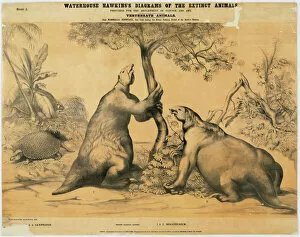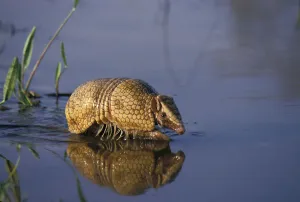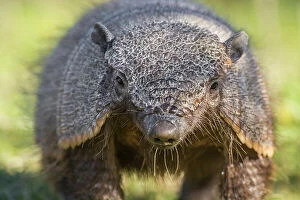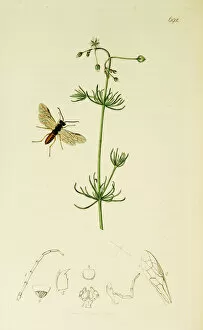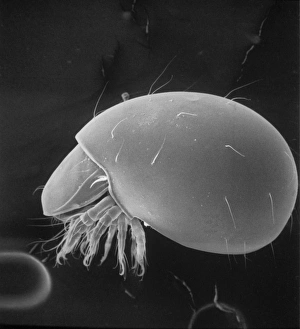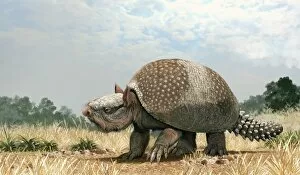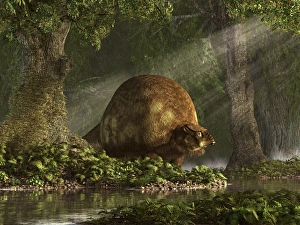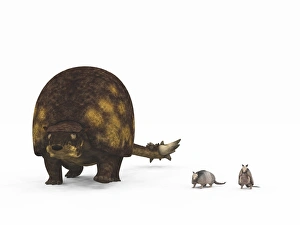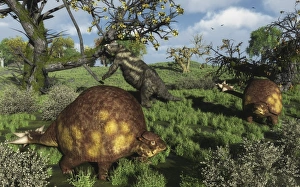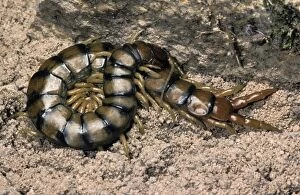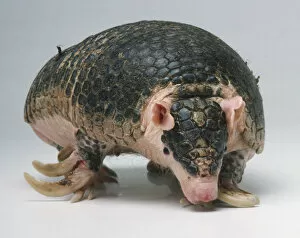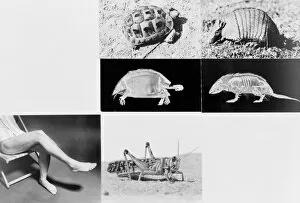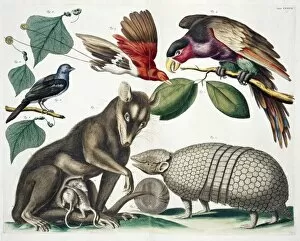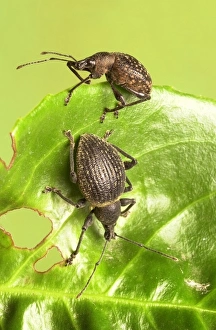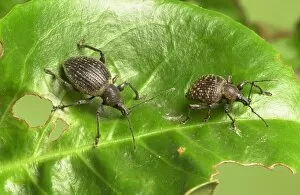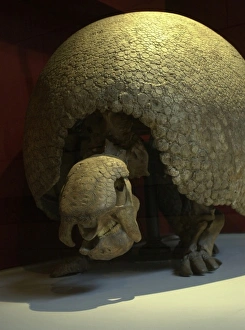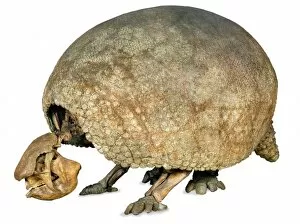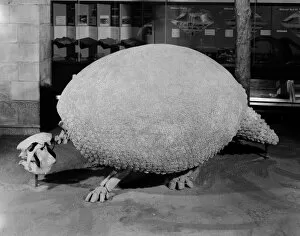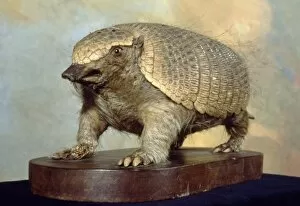Cingulata Collection
Cingulata, a fascinating group of armored mammals, includes some remarkable species such as the Megatherium and Glyptodon
All Professionally Made to Order for Quick Shipping
Cingulata, a fascinating group of armored mammals, includes some remarkable species such as the Megatherium and Glyptodon. Found in the grasslands of Patagonia, Argentina, these creatures have captured the attention of nature enthusiasts worldwide. One captivating image showcases the Large hairy armadillo (Chaetophractus villosus) in all its glory. With its dense fur and formidable armor, this portrait taken in Peninsula Valdes truly highlights its unique features. Another snapshot captures a Pichi or Dwarf armadillo (Zaedyus pichiy) gracefully navigating through the grassland of La Pampa Province. These diminutive yet resilient creatures are a testament to nature's diversity. In another striking photograph, we witness an extraordinary sight - a Large hairy armadillo standing on its hind legs. This behavior is rare but demonstrates their adaptability and resourcefulness. Meanwhile, another image shows one foraging diligently amidst sandy terrain on Peninsula Valdes. The Southern three-banded armadillo (Tolypeutes matacus) also makes an appearance as it confidently walks through shallow water. Its ability to navigate both land and water showcases its versatility as a survivor in various habitats. Not limited to mammals alone, it also encompasses other intriguing species like the Mediterranean pill woodlouse (Armadillo officinalis). In controlled conditions within Akamas, Cyprus, this creature curls up defensively – showcasing its unique defensive mechanism. Additionally featured are two entomological wonders: Dragon stick insect and Stagmomantis domingensis depicted in Curtis British Entomology Plates 692 and 128 respectively. These illustrations highlight the intricate beauty found within Cingulata's diverse ecosystem. Lastly, we catch a glimpse of Dasypus novemcinctus – commonly known as Nine-banded Armadillos or Nine-banded Long-nosed Armadillos held up by keepers for examination.

